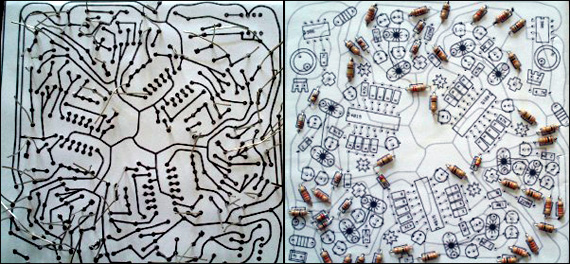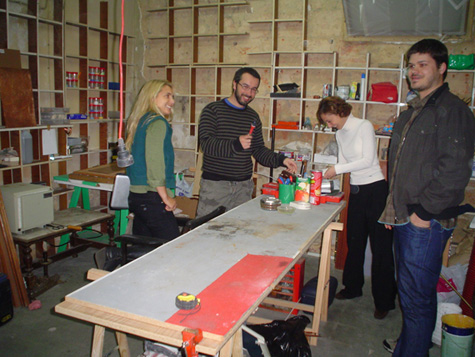
My dear friend Kisty Boyle and I recently launched openMaterials — a collaborative research project dedicated to open investigation and experimentation with DIY production methods and uses of materials. In the spirit of the open source software and hardware movements, we hope to promote materials to be researched and developed in a public, collaborative manner. We see materials as an open resource, and wish to establish an open process for exploring and sharing knowledge, techniques and applications related to materials science.
I’ll be conducting most of my hands-on research right here at AltLab. We’d love for you to be involved if you are working in these areas or interested in learning more about smart materials.




